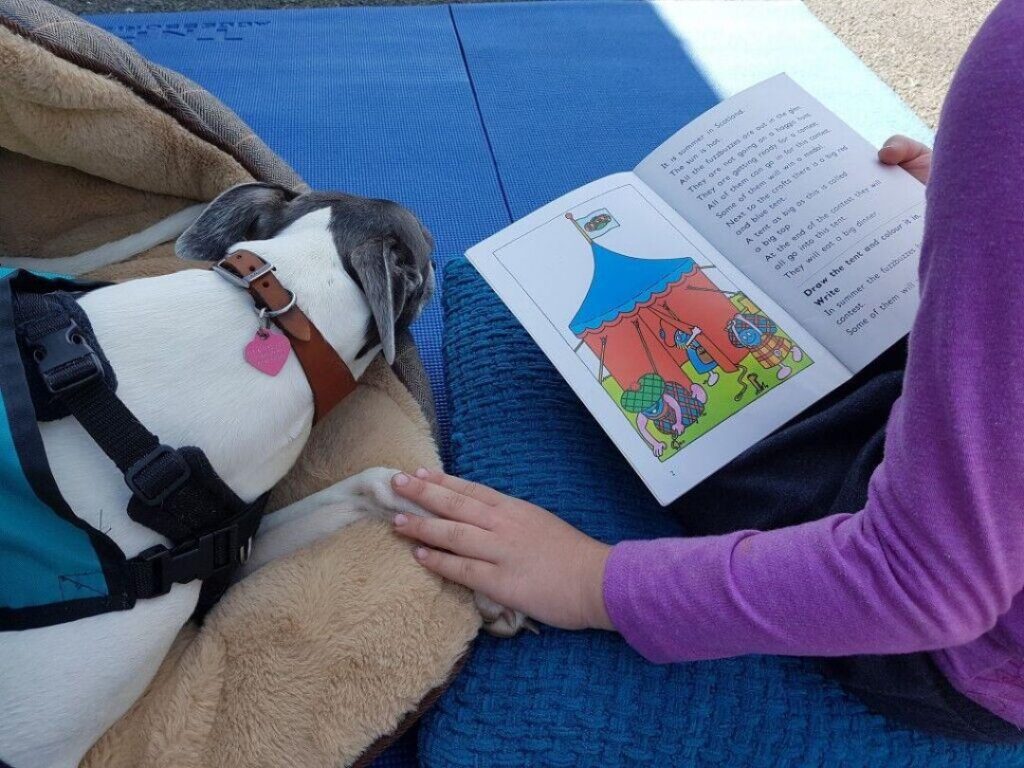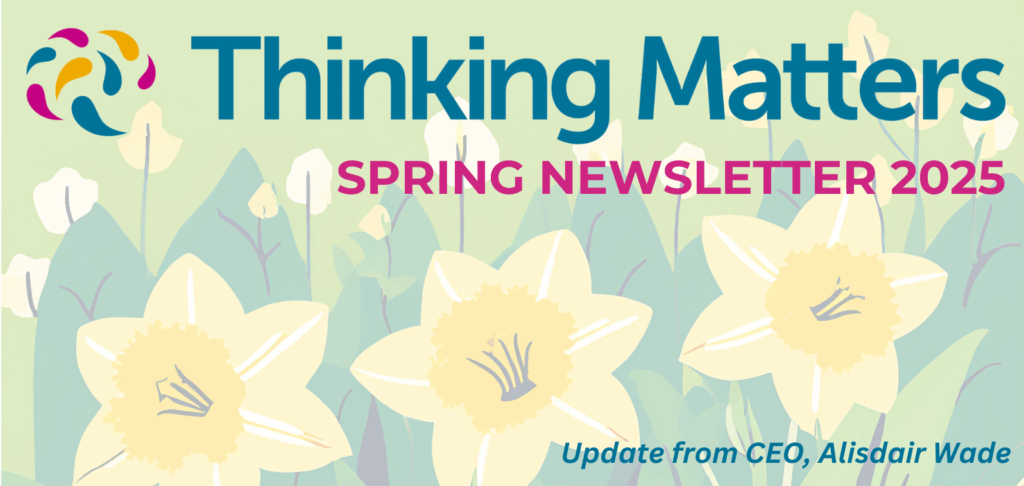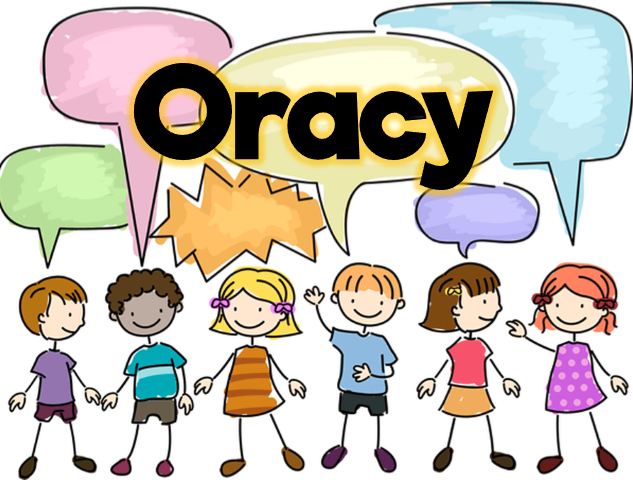Taking the lead – how dogs can support positive learning dispositions
What is the connection between man’s best friend and the development of positive dispositions to learn? In this article, Dr Helen Lewis from the University of Wales explores how the bond between a child and a dog may have benefits that impact on learning.
Dispositions are ‘relatively enduring habits of mind and action’ (Katz & Chard, 1989:30), linked to our attitudes and feelings. Dispositions affect how we view ourselves as learners and how confidently we tackle new learning situations. Schools on the journey to becoming Thinking Schools need to support the development of pupils’ positive dispositions to learn. Whether we refer to these dispositions in terms of ‘Habits of Mind’, ‘Growth Mindset’ or specific characteristics such as enthusiasm, resilience and persistence, we know that we need to equip our children with these so that they are ready, enthusiastic and able to learn.
One possible approach to support the development of such dispositions is that of ‘Animal-Assisted Intervention’. Research suggests that interactions with animals can impact on social, emotional, behavioural, physical and cognitive outcomes for learners (e.g. Purewall et al, 2017). For the last year I have been involved in a novel project involving dogs that has had an interesting impact on learner’s attitudes, engagement and literacy.

‘Burns By Your Side’ (BBYS; a branch of the Burns Pet Nutrition Foundation), trains volunteers and their dogs to visit schools to help children improve their literacy, communication, confidence and motivation to learn. The scheme is becoming increasingly popular and there are now over thirty well-trained dogs visiting nurseries, schools, libraries and colleges across south Wales. Schools are allocated their own dog and handler who visit on a regular basis, usually once a week. They work with targeted children, who read to the dog on a one: one basis.
We surveyed children, teachers and volunteers at the start of the project and after their involvement to explore the impact of reading to a dog. We looked at children’s’ views of themselves as learners (measured on attitudinal scales), their reading scores on standardised tests and their engagement in lessons. Initial results have been positive. All involved feel that the project has brought benefits to learners, particularly in relation to reading, oracy and confidence, and children report that they love the chance to work with the dogs. Their views of themselves as learners showed significant improvements. Volunteers posted regularly about their experiences with the children on a group social media account, and these anonymised posts were analysed. Of the 57 posts made, 52 consisted of positive comments. Analysis of the posts indicated that there were several consistent themes, which are illustrated in the word cloud below:

The majority of posts related to positive changes in confidence, enjoyment, oracy and engagement.
Grace and her dog Hoola have been visiting their partner primary school regularly over the last year, and in that time Grace has observed clear differences in children’s confidence, oracy and engagement when reading to Hoola. Teachers report that these positive attitudes towards learning are transferred to other lessons.

In Milford Haven secondary school, notable improvements have been seen in pupil attitudes towards learning, social skills and engagement in reading since Lorna and her dog Bella have started visiting.
Children in the Myrddin Unit at Myrddin primary school have severe, profound and multiple learning difficulties and/ or autism. Carole and her dog Sally visit on a weekly basis and have become favourite team members amongst both staff and pupils. Teachers report that Sally’s presence has improved children’s social skills, confidence and communication.
The impact of a visit can also last beyond the school day. For example, parents of pre-school children in a setting visited by June and her dog Honey report that their children are keen to chat about Honey after she has visited. They are also excited when they know Honey will visit, and are eager to get to the nursery to see her. Parents themselves are enthusiastic about the initiative, and come to talk to the teachers about Honey – fostering positive communication channels between home and setting.
Conclusions
Animal assisted interventions are increasing in popularity. Although there is a need for a more systematic and robust evidence base, there is a growing body of research to suggest that interactions with animals can be beneficial for learners. Bringing an animal into your learning environment could be an exciting, motivating and valuable approach to consider. But these interventions must be carefully planned, monitored and regulated, and must view the animal as a sentient being – not a teaching tool or educational fad. This approach would not work in all settings and with all learners but our study suggests that for many, the opportunity to relax and engage with a non-judgemental furry friend can reap great rewards.
So, if you are looking for a different approach to developing confident and enthusiastic learners, a dog really could become your new best friend!

Helen Lewis is the Primary PGCE lead at the University of Wales Trinity Saint David. Her PhD explored young children’s thinking and dispositions to learn, and she is currently researching the impact of animal assisted interventions on children’s development.
Find out more
Burns By Your Side http://burnsbyyourside.org
Lewis, H., (2017) Tales with Tails: how can reading with dogs improve pupil outcomes and motivation? English 4-11 60:11-13
Lewis, H. (2017) Tales with Tails: promoting reading – with a little help from our canine friends paper published on OU Reading for Pleasure website https://researchrichpedagogies.org/research/example/tales-with-tails-promoting-reading-with-help-from-our-canine-friends
Purewall, R., et al (2017) Companion Animals and Child/Adolescent Development: A Systematic Review of the Evidence International Journal of Environmental Research Public Health, 14(3), 234
Helen Lewis is the Primary PGCE lead at the University of Wales Trinity Saint David. Her PhD explored young children’s thinking and dispositions to learn, and she is currently researching the impact of animal assisted interventions on children’s development.



